Late-Summer Is Actually The Best Time To Overseed Your Lawn
Many homeowners think spring is the prime time to fix a patchy lawn, but surprisingly, it’s during late-summer that you’ll often see better results. The conditions in late August through early September are ideal for grass seed to take root before winter, but why is that the case? Read on to find out.
1. Warm Soil
Grass seed needs warmth to germinate, and by late-summer, the soil has absorbed heat all season. This means a more stable environment where grass seeds sprout faster and more evenly. Unlike in spring, when soil can still be chilly from winter, late-summer planting gives seeds a head start right from the get-go. Faster germination also means the grass has more time to grow strong roots before colder weather sets in.
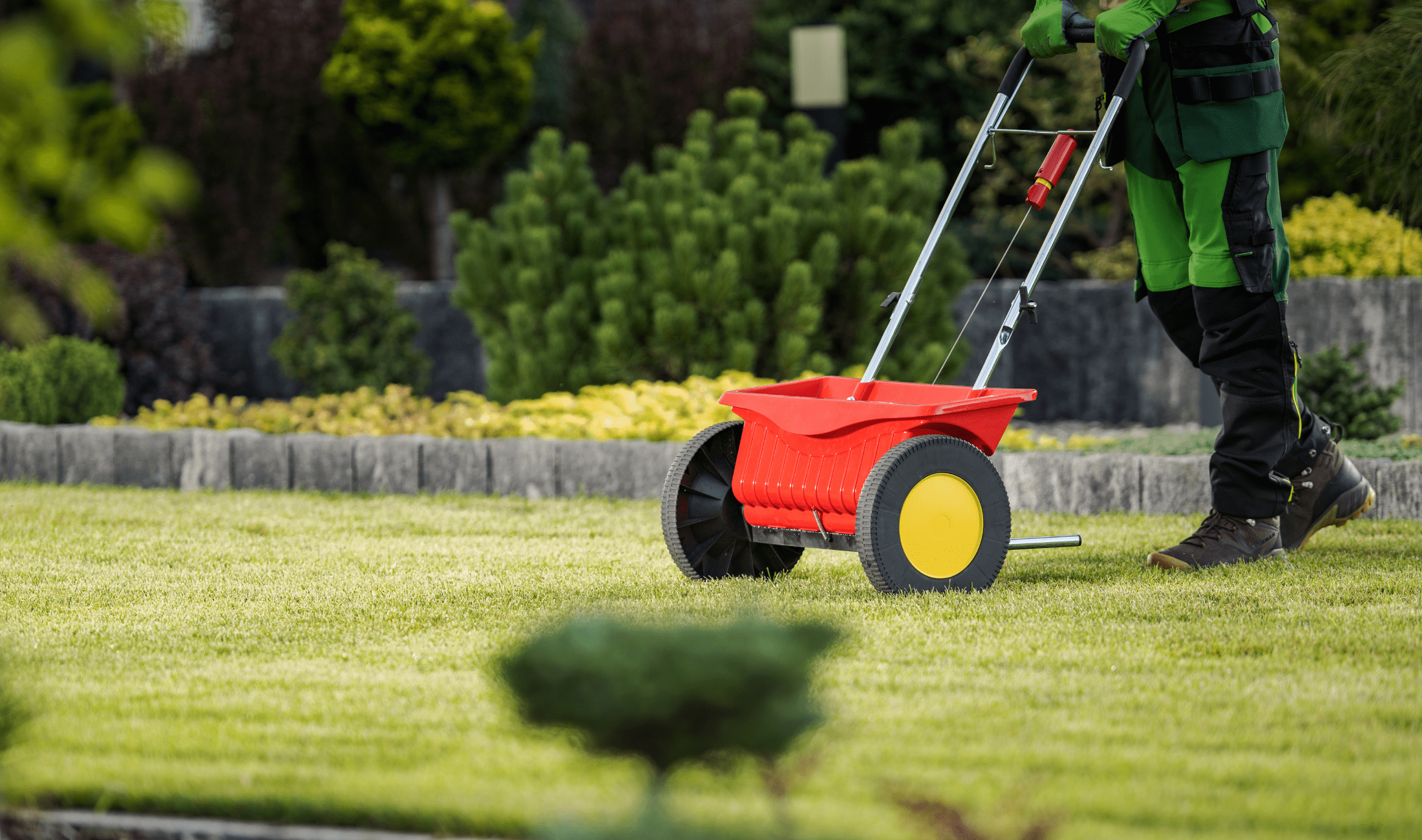
2. Fewer Weeds
Spring overseeding often means battling with weeds that might choke out the grass you’re trying to grow. By late-summer, many common weeds are past their peak, making it easier for new grass to thrive and fill space without as much competition. Plus, with fewer weeds soaking up nutrients and sunlight, your seedlings can grow thicker and stronger.
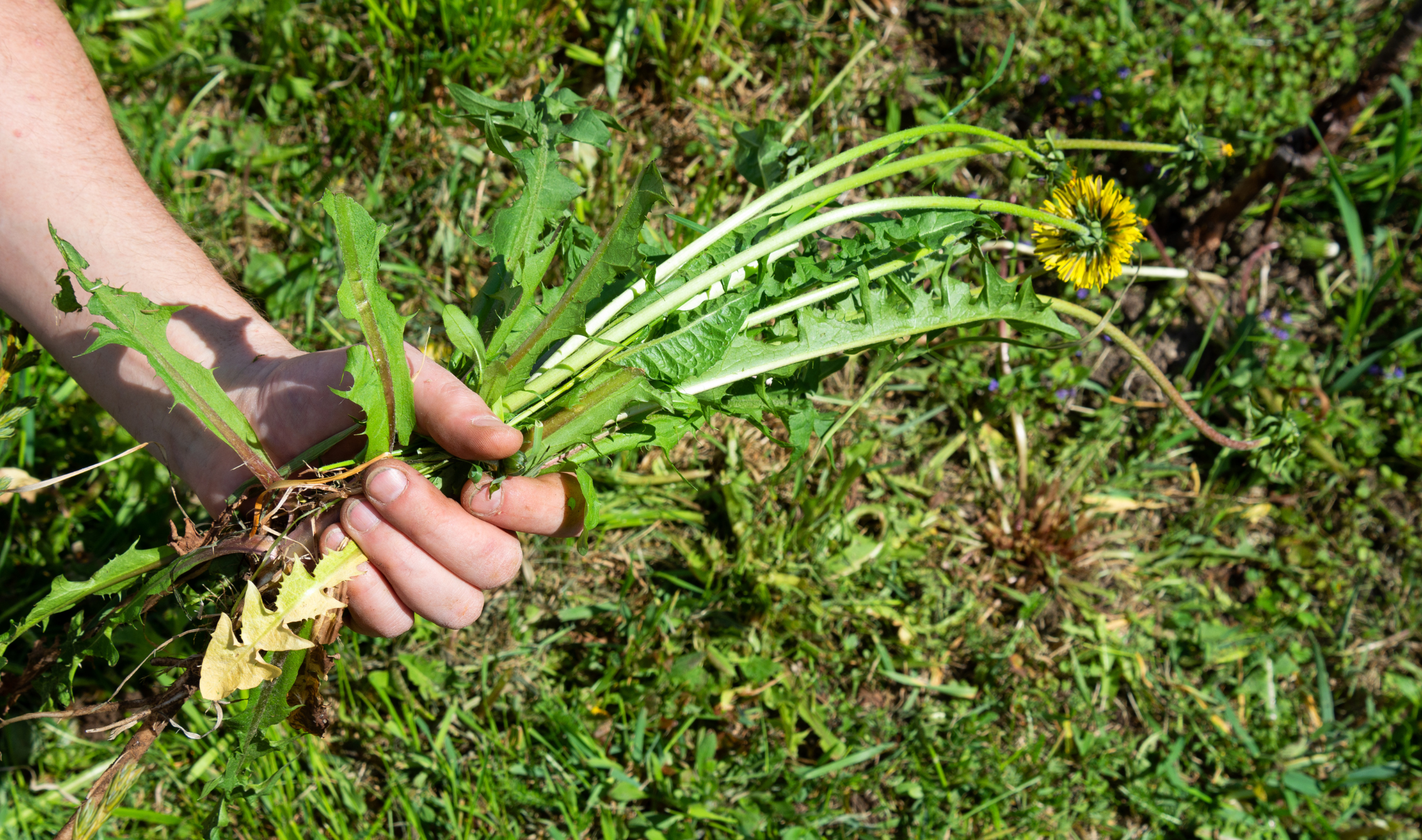
3. Consistent Rainfall
Early fall weather patterns tend to be more predictable, with steadier, more frequent rainfall compared to the dry spells of midsummer. This helps keep seeds moist during germination without the constant need for manual watering. While you may still need to supplement during drier weeks, the seasonal shift toward cooler temperatures also reduces water evaporation, meaning each watering is more effective too.
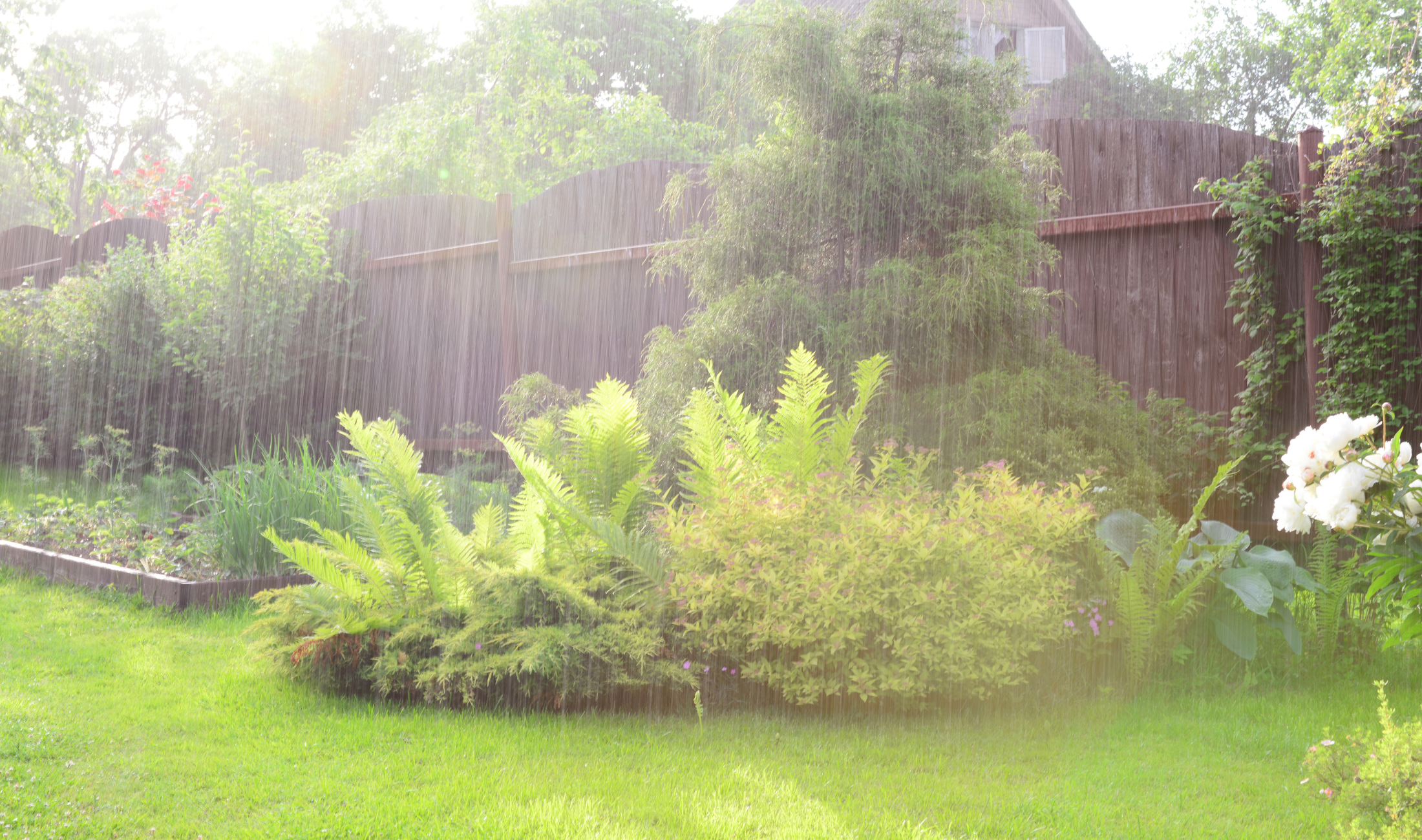
4. Stronger Roots
As mentioned, overseeding in late-summer gives grass several weeks to establish roots before frost comes. Strong root development means the lawn can better handle winter stress and bounce back quickly the next year. By contrast, seeds planted in spring often face heat stress before their roots are deep enough to endure summer droughts.
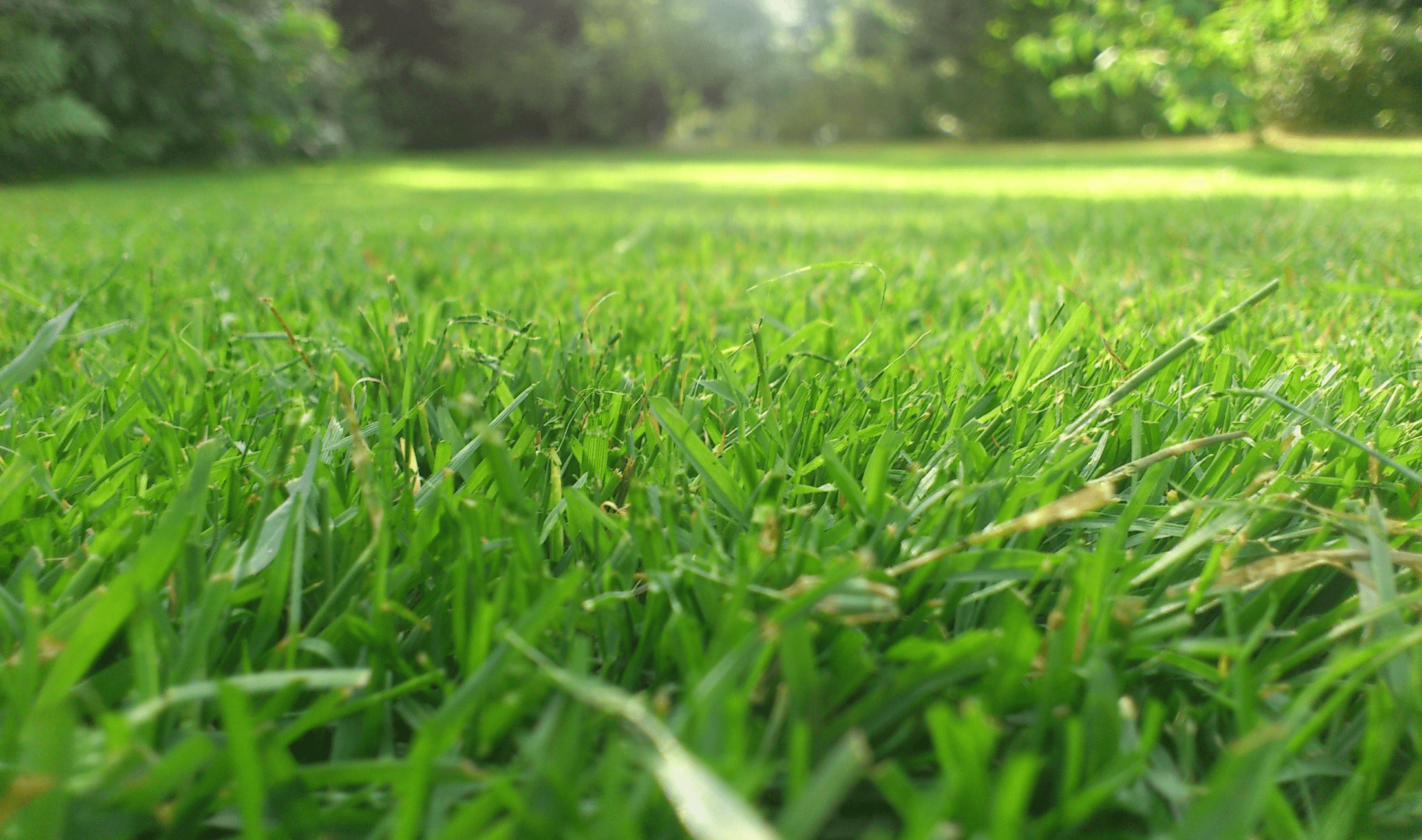
5. Improved Lawn Density
A thin or patchy lawn is more vulnerable to weeds, pests, and erosion. Overseeding now fills in any of the sparser areas, leading to a denser lawn that naturally resists these problems come springtime. The added grass coverage also improves the lawn’s overall appearance, giving it a more uniform, lush look. This not only benefits curb appeal, but it also helps maintain healthier soil beneath, as it’s better protected from bugs and harsh sunlight!
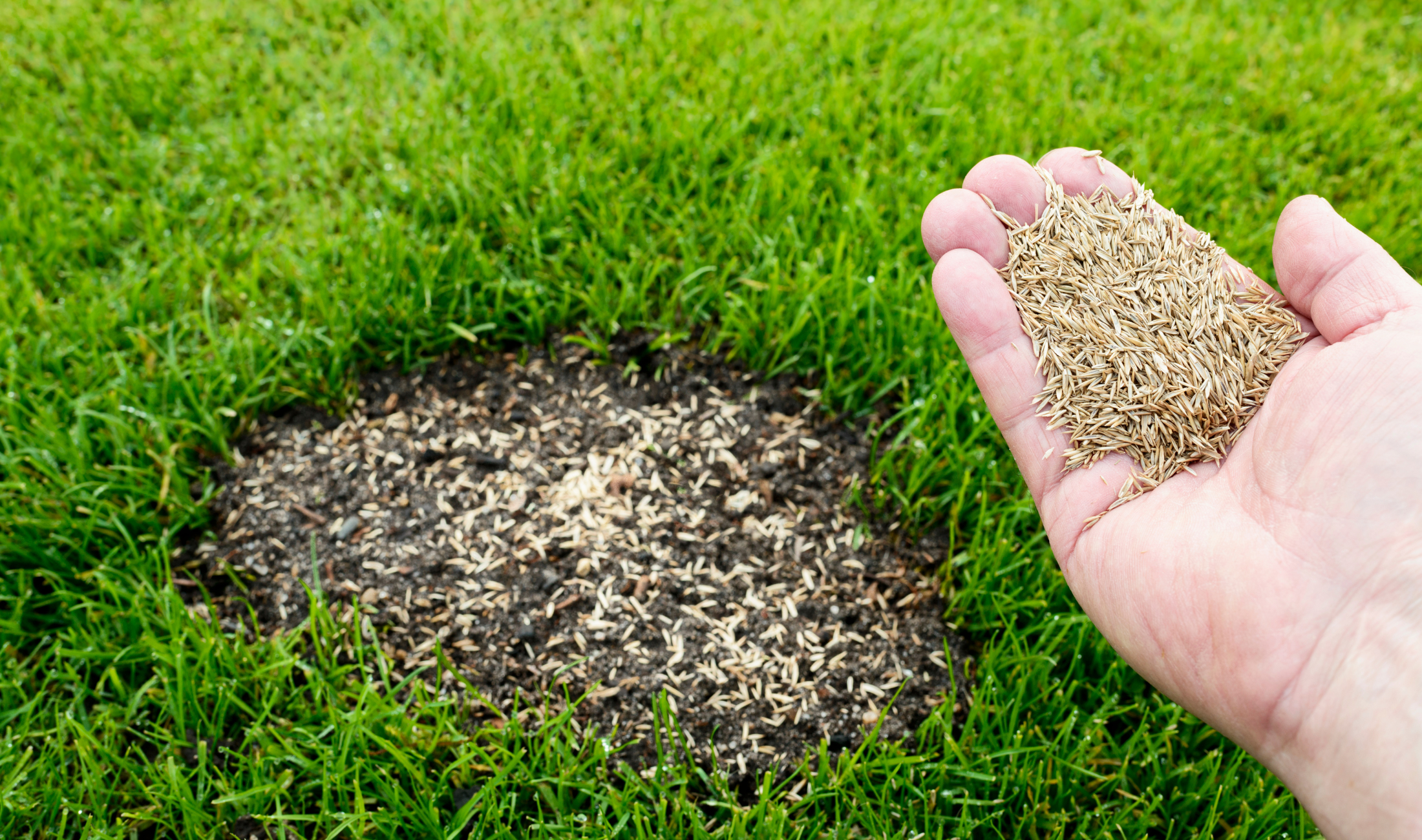
6. Easier Long-Term Maintenance
When your lawn starts strong in fall, it often needs less work the following year. Overseeding in late summer reduces the need for heavy fertilization, aggressive weed treatments, and water in the coming season. A well-established lawn also stands up better to heavy foot traffic and seasonal wear. This means less time and money spent on repairs and more time enjoying a healthy, green yard.
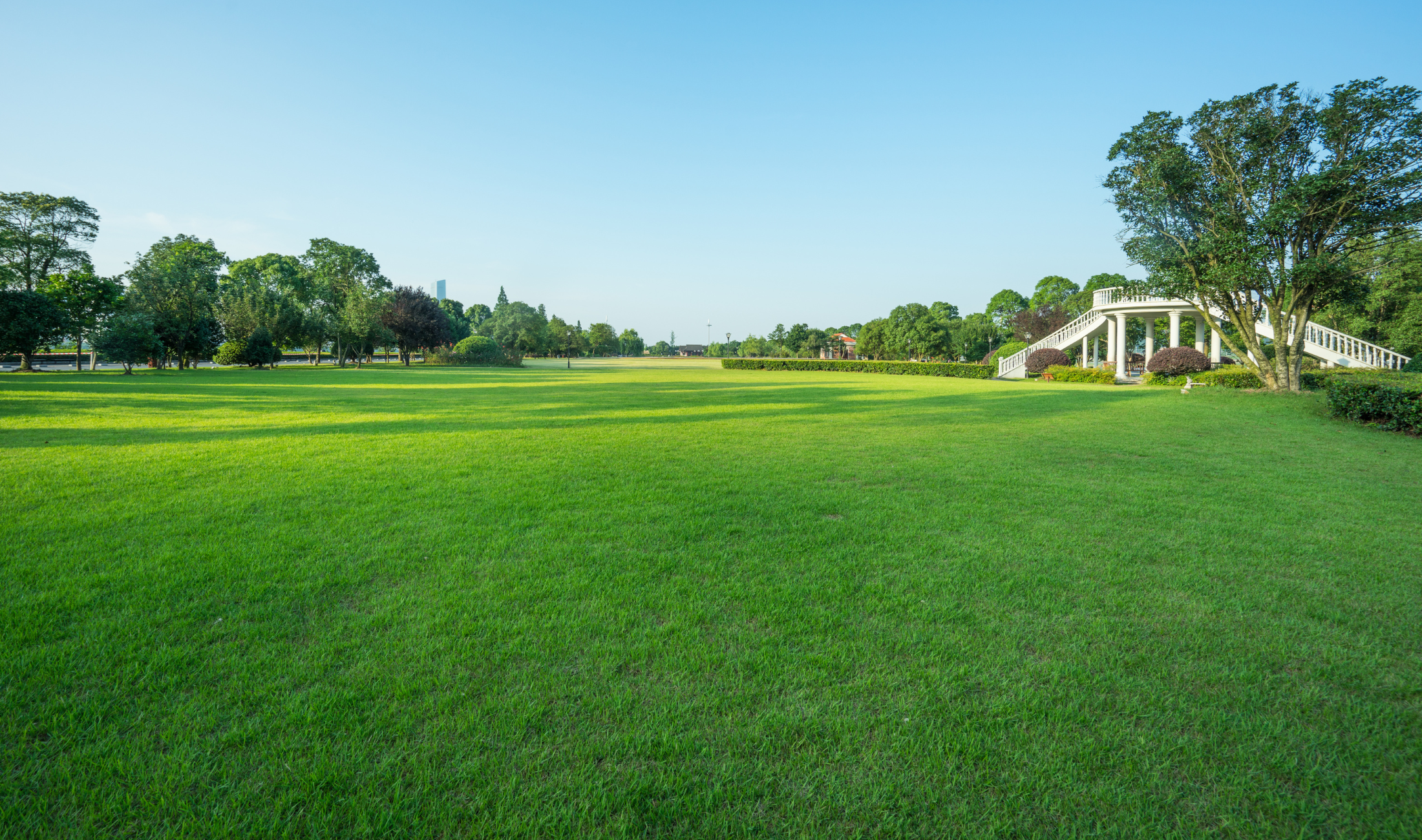
Related Articles
- Mowing Your Lawn This Way Stops Weeds From Spreading
- Professional Say This Is The Best Time Of Day To Water Your Lawn
- Forget Your Grass Lawn, Try These Low-Maintenance Alternatives
Late-summer overseeding might feel strange, even totally wrong, but it really is an investment in your lawn’s future. By taking advantage of warmer soil, less weeds, steady water, and a head start on root growth, you create conditions that set your grass up for long-term success. While spring planting has its place, overseeding now can deliver a stronger, thicker, and healthier lawn that looks its best year after year.









